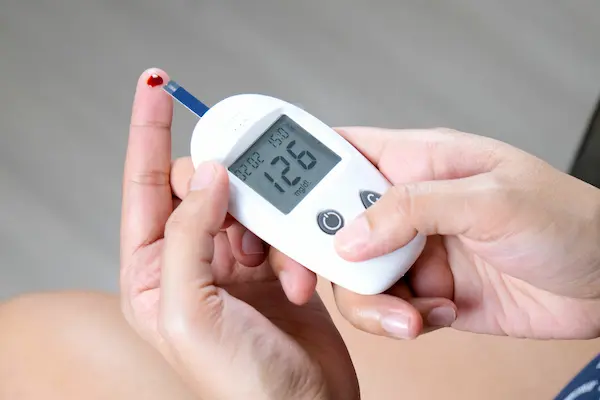Diabetes isn’t just a health issue—it is also a cost to many Filipino families. From medication on a daily basis and regular visits to the doctor to long-term complications, the financial burden mounts fast. Outside of the health aspect, the cost of diabetes also impacts productivity, family finances, and overall well-being. Knowing the real cost of the disease allows families to prepare, prevent, and look into low-cost methods of managing it.
Direct Medical Costs
The most straightforward expense is that of medical care. Individuals with diabetes may require daily medication, insulin, or maintenance medications for concomitant conditions like hypertension and hypercholesterolemia. Hospital admissions, routine consultations, and lab work are also required.
One of the earliest and most significant steps is routine testing. A diabetes test in the Philippines may be a simple or a sophisticated check. For example:
- Fasting Blood Sugar Test: Usually the initial diagnostic step
- Oral Glucose Tolerance Test: Takes to diagnose how the body handles sugar
- HbA1c Test: Tracks long-term blood sugar control
All these tests, while relatively inexpensive, are required regularly. The ongoing cost, particularly for low-income households, can add up very fast.

Indirect and Hidden Expenses
In addition to the out-of-pocket medical cost, diabetes has additional indirect and hidden expenses that people fail to notice immediately. For instance:
- Lost Productivity: Repeated sick days, lethargy, and doctor’s appointments impact job performance and earnings.
- Special Food Choices: While not always costly, healthful foods are not always cheap, and meal planning or purchasing some substitutes may be required.
- Transportation: Trips to hospitals or diagnostic centers for frequent blood sugar tests in the Philippines are expensive, especially for those living in the provinces.
- Long-Term Complications: If diabetes is not controlled, it can result in kidney dialysis, heart operations, or eye surgery—some of the most costly care to treat.
For most Filipinos, the greatest expense is not testing, but procrastination. Forgoing initial diabetes screening in the Philippines usually means delayed diagnosis, when complications have already arisen. Treatment is then more complicated and expensive at this stage. Dialysis, for instance, may run into tens of thousands of pesos a month—well more than the expense of regular check-ups and preventive medicine.
Affordable Steps for Families
The good news is that diabetes management does not have to cost much money. Families can take inexpensive steps to ease the expense:
- Early Testing: Spending on easy blood sugar tests is much cheaper than paying later for complications.
- Community Health Centers: Free or discounted diabetes screening is available from many barangay clinics and government programs.
- Lifestyle Changes: Selecting affordable vegetables, everyday walking, and reduction in sugary drinks go a long way.
- Health Insurance: Joining PhilHealth or private insurance decreases out-of-pocket expenses for hospitalization and laboratory tests.
How Families Can Support Each Other
Diabetes is more manageable when families are a team. Healthy meals shared, emotional support, and assisting loved ones in adhering to medical routines decrease both financial and health burdens. Education is involved as well—families that know the real costs will be more apt to place a higher value on preventive care.
Building Awareness for a Healthier Future
Diabetes does not just impact patients but also entire families. Understanding the hidden and overt expenses of the disease will help families prepare and intervene more effectively. Early screening, cost-effective lifestyle modification, and community support prevent the financial burden accompanying untreated or inadequately managed diabetes.








Comments